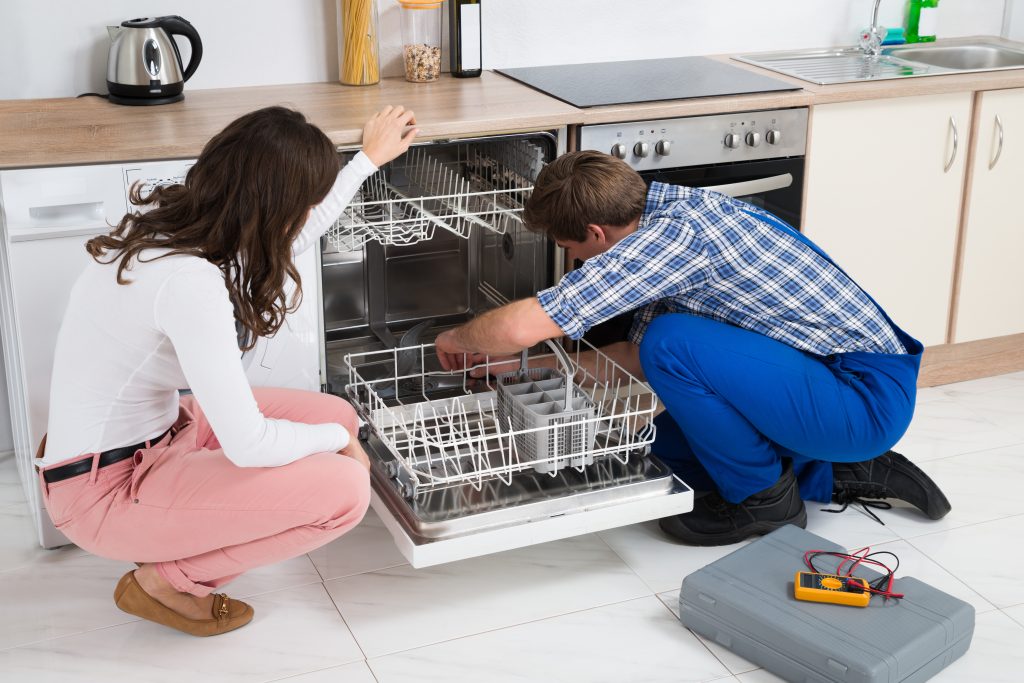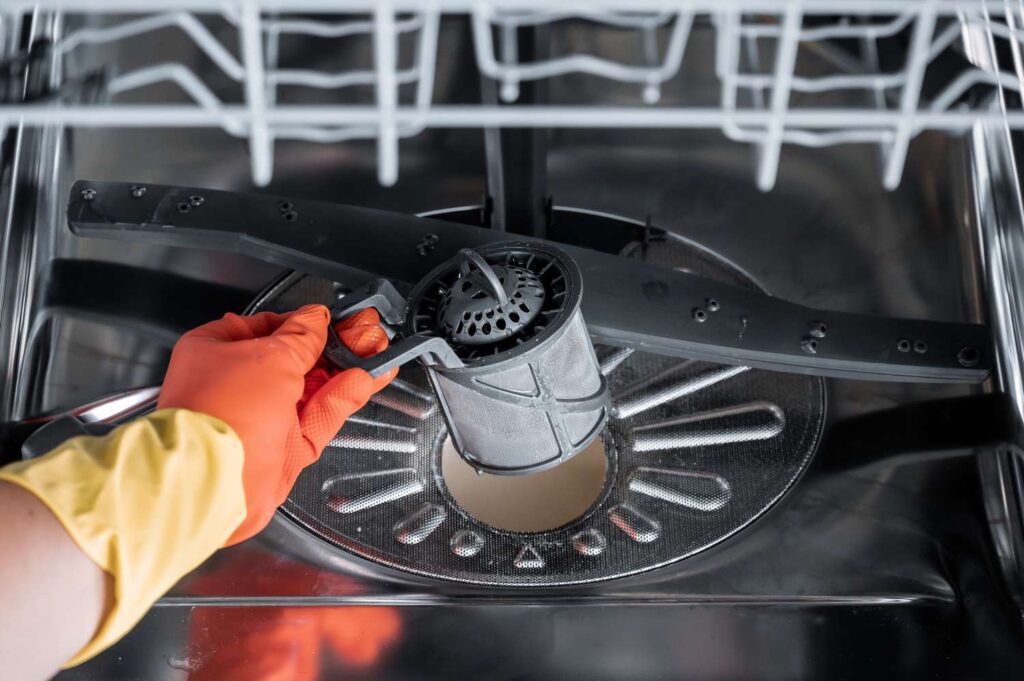A dishwasher that won’t drain can turn kitchen cleanup into a stressful ordeal. Instead of sparkling dishes, you’re left with standing water and soggy plates. While this is a common household issue, the good news is that many drainage problems can be fixed with a bit of DIY know-how. This guide covers the most frequent causes—and solutions—so you can get your dishwasher back in action.
Common Reasons Your Dishwasher Isn’t Draining

Dishwasher drainage issues often come down to a handful of root causes. Before reaching for the phone, it’s worth investigating these possibilities:
1. Clogged Filter
Food debris and grease can build up in the dishwasher’s filter, blocking water flow. Most modern dishwashers have a removable filter located at the bottom. Carefully remove it, rinse under running water, and use a soft brush to dislodge stubborn grime.
2. Blocked Drain Hose
The drain hose carries wastewater from the dishwasher to the sink drain or garbage disposal. Over time, it can become kinked or clogged with food particles. Inspect the hose for bends or obstructions. If clogged, detach the hose (be prepared for a little water spill) and flush it with water or a flexible cleaning brush.
3. Garbage Disposal Connection
If your dishwasher empties into a garbage disposal, check whether the knockout plug was removed during installation. Sometimes, food residue inside the disposal can also block the connection. Run the disposal with plenty of water to clear it out.
4. Malfunctioning Drain Pump
The drain pump is responsible for pushing water out of the dishwasher. A failing pump often makes odd noises or won’t activate at all. Listen for unusual sounds during the drain cycle—if you suspect a pump issue, replacement might be necessary.
5. Air Gap Issues
Some dishwashers use an air gap (a small device near the sink faucet) to prevent backflow. Remove the air gap’s cover and clear any debris inside. This is an often-overlooked step, but it can make a big difference.
Step-by-Step Troubleshooting

Here’s how you can diagnose and potentially fix the problem:
- Unplug the Dishwasher: Always start by disconnecting power for safety.
- Remove Standing Water: Scoop out excess water with a cup or sponge.
- Check and Clean the Filter: As described above, remove and rinse the filter.
- Inspect the Drain Hose: Detach and clean the hose if necessary.
- Run a Short Cycle: Sometimes, running an empty hot cycle can clear minor clogs.
- Examine the Garbage Disposal Connection: Clear any blockages.
- Test the Drain Pump: Listen for sounds—if silent or noisy, the pump may need replacing.
When to Call the Professionals
Sometimes, despite your best efforts, the problem persists. If you’ve followed these steps and your dishwasher still refuses to drain, it may be time to seek expert help. Electrical issues, faulty control boards, or internal mechanical failures usually require a skilled technician.
Don’t let a stubborn dishwasher disrupt your daily routine. Contact our experienced appliance repair team in Los Angeles, and we’ll get your dishwasher working like new!
Final Thoughts
A dishwasher that won’t drain is annoying, but it’s often fixable with a few simple checks. Regular maintenance—like cleaning the filter and ensuring hoses are clear—can prevent future issues. However, if things get out of hand, don’t hesitate to call in the experts. After all, sometimes it’s better to let a pro handle the dirty work.

